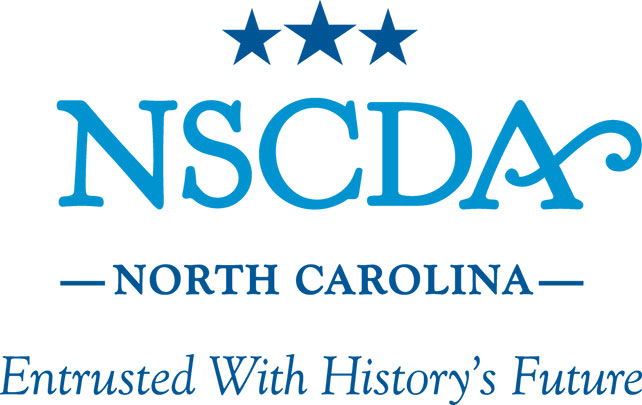2020 Florence Kidder Memorial Scholarship - Third Place Essay by Sarah Mathis
The Moravians differed from many Puritans in that they believed men and women should be educated equally. From this philosophy came Salem Academy and College—the oldest female-centric school in the USA.
The school was founded in 1772 by the Single Sisters, a group of unmarried women who lived and worked together. Unlike many women of the late-1700s, the Single Sisters were not forced to rely on men for a source of income (“History”). The Gemein Haus was constructed to serve as living quarters for the Sisters as well as ministers and their wives. This building quickly turned schoolhouse when Sister Elizabeth Oesterlein was called upon to tutor three young girls, and the number of students doubled over the next two years (Rawls). Sister Oesterlein herself was brought up with a strong emphasis on education. She became a student at the age of two, as did many girls in the Moravian community (“Education of Women”). By 1804, Non-Moravians took notice of Sister Oesterlein’s makeshift school, and since educational opportunities for girls were slim in Southern states, the school was opened to those outside the Moravian faith. Students came from Tennessee, Georgia, and the Carolinas to attend classes at the Single Sister’s school (Fullington).
The school was remarkably progressive for its time. Not only was it the first educational institution to prioritize women, but it was also open to Non-White students. The school saw the attendance of two African-American girls in its early years—Hanna, an enslaved ten-year-old from a nearby farm, and Anna Maria Samuel, a baptised Moravian slave who lived with the Sisters from 1793 to 1795. Thirty years later, Salem College admitted Sally Ridge and Jane Ross, the daughters of two Cherokee chiefs (“History”).
Hanna and Samuel, despite their status as slaves, were likely given access to education due to divided opinions about the role of slavery in Moravian communities. While the practice was banned and highly contentious in Salem, several White residents continued to own slaves. It is estimated that a total of 160 enslaved African-Americans lived in Salem before the Civil War (“Hidden Town Project”).
Salem College, then Salem Female Academy, grew steadily as a faith-based organization until 1866, when the North Carolina General Assembly granted them an act of incorporation. This decision gave the college a sense of autonomy outside of the church—a necessity for its eventual role as a post secondary institution. The school’s name was changed to Salem Academy and College in 1890, and they handed out their first bachelor’s degree the very same year (Fullington).
Many of the historic sites on campus have been preserved by Old Salem Museums and Gardens. Their mission, as stated on their website, is to “present an authentic view of the rich cultural history of early Southern life to diverse audiences—with special emphasis on the Moravians in North Carolina—through the preservation and interpretation of historic objects, buildings, and landscapes” (“President’s Message”).
Throughout our country’s history, women have been forced to conform to strict models of feminine behavior and rely on men to sustain them. Men were given choice, adventure, and innovation; many chose wives and abandoned them as they wasted the day’s wage in the local tavern. To hear the story of self-sufficient women deciding to give future generations of Southern girls a chance to better themselves for their own sake, a choice independent of marriage and men, is to know the vital spirit of womankind. The collective psyche of the American woman did not suddenly awaken with the feminist movement. We are what we always were in Salem—women with grit, demanding the right to an equal footing in society. The preservation of these historic sites is a reminder that the subjugation of women, African-Americans, and American Indian tribes cannot be excused or explained away with references to cultural trends of the time.
Works Cited
“History.” Salem Academy and College, www.salemacademyandcollege.org/history.
Rawls, Molly Grogan. Old Salem and Salem College. Arcadia Publishing, 2010.
“Education of Women.” American Eras, Encyclopedia.com, 29 Jan. 2020, www.encyclopedia.com/social-sciences-and-law/education/education-terms-and-concepts/womens-education.
Fullington, Martha Walker. “Salem Academy and Salem College.” NCpedia, 2006, www.ncpedia.org/salem-academy-and-salem-college.
“Hidden Town Project.” Old Salem, www.oldsalem.org/core-initiatives/hidden-town-project/.
“President's Message.” Old Salem, 29 Jan 2020, www.oldsalem.org/visit/old-salem-inc-2/.
|
